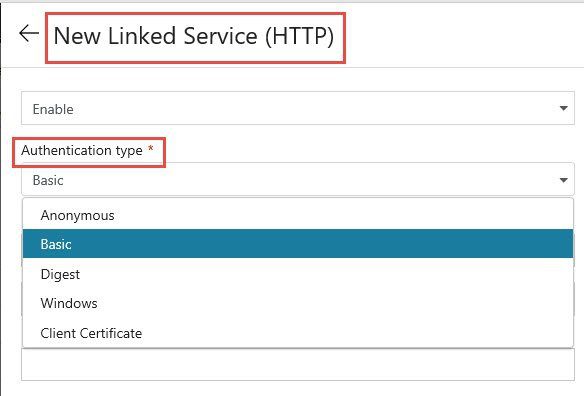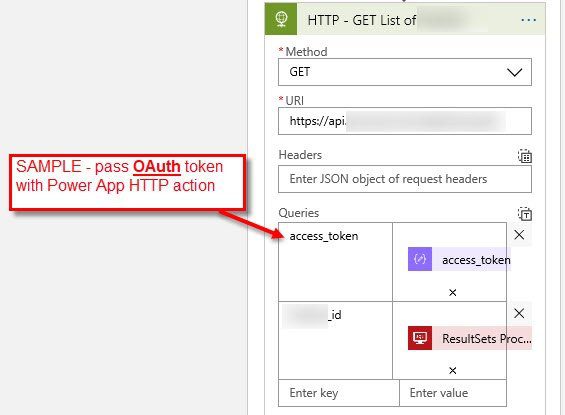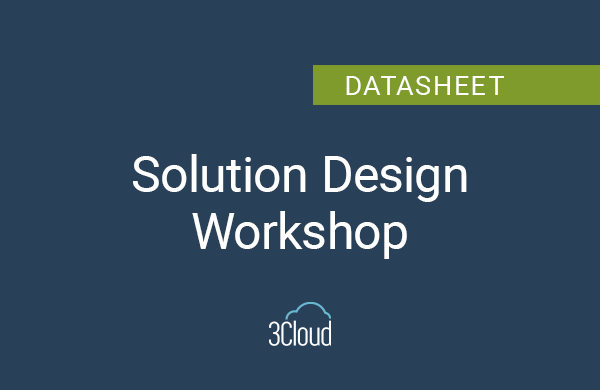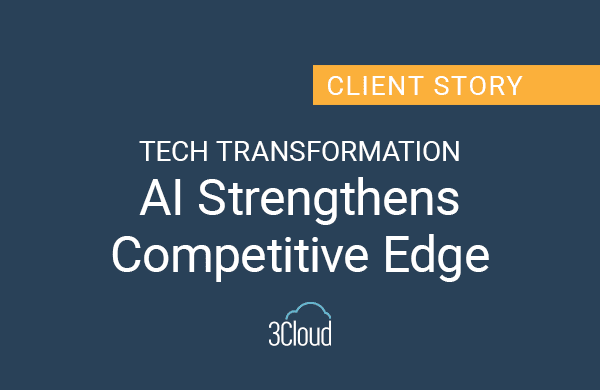We’ve had conversations with customers about using either Data Factory or Logic Apps for pulling data from applications, maybe using REST API Calls. We’ve discussed why you would use one over the other and we’ve shared how we now favor patterns that use Data Factory and Azure Logic Apps, so it’s not a choice of one or the other.
But today I’d like to show why I prefer to use Logic Apps in cases where we’re accessing data from HTTP endpoints. The diagram below is from Azure Data Factory and shows building a connection to an HTTP service.

What I want to focus on here is the authentication types. This is one of the key reasons why I gravitate to Logic Apps. In Data Factory, I have a limited list of choices as far as authentication methods including anonymous or no security – in most cases not a feasible option. In many cases we’re pulling data from public facing websites, so things like Windows authentication is not a viable option.
With Logic Apps I have many more options and much more flexibility as far as configuring how REST API calls are made. The diagram below is something we built for a call that we had been working with where the application was using OAuth and it required an access token string to be passed in.

With a Logic App this is relatively straightforward but is something we can’t do in Azure Data Factory today. My illustration shows what that would look like. It’s much simpler to parameterize your URL, so if there are query parameters that you pass into the URL, it’s a bit easier to do in Logic Apps.
I hope this quick example was helpful in showing why, in my opinion, Azure Logic Apps are a better choice over Azure Data Factory when accessing data from an HTTP endpoint.
Need further help? Our expert team and solution offerings can help your business with any Azure product or service, including Managed Services offerings. Contact us at 888-8AZURE or [email protected].




